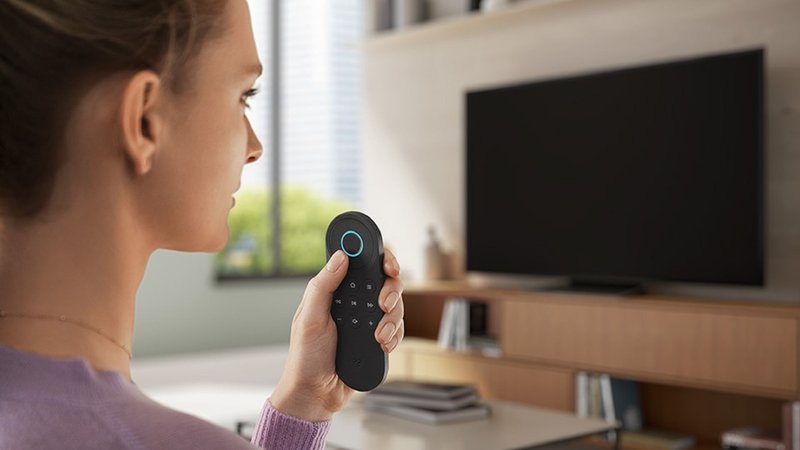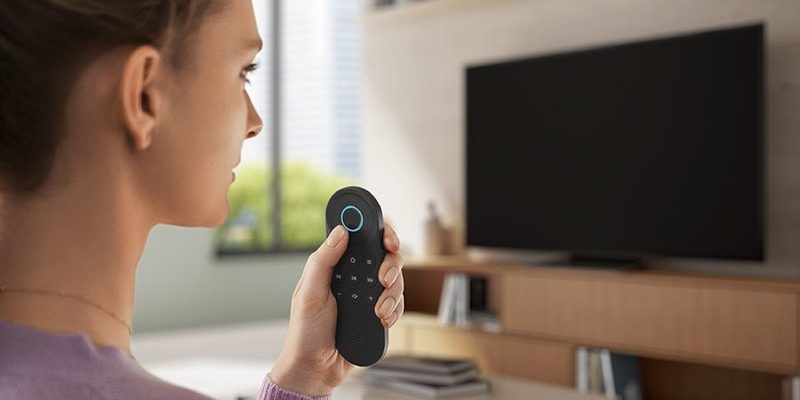
Here’s the good news: turning your Logitech universal remote into the command center of your living room *doesn’t* have to mean decoding cryptic numbers. Actually, Logitech baked in some clever ways to sync your devices—*without* ever needing one of those sneaky codes. We’ll talk about how that works, why it’s awesome, and how you can skip all that code-finding hassle for good.
What Makes Logitech Universal Remotes Unique?
Let’s start with what sets these things apart. Logitech’s remotes aren’t just cheap plastic gadgets that replace your lost brand-name clicker. They’re like Swiss Army knives for your entertainment setup. Most can control TVs, streaming boxes, game consoles, even smart home gear. Think: one device to rule them all.
What’s the magic here? Universal remotes usually work by mimicking the signals of other remotes. But Logitech goes one step further: their remotes often sync directly using special software (like the Logitech Harmony family) or offer “learning” features. So instead of desperately hunting for a specific TV code—say, the one for your stubborn 2009 Toshiba—you can use their software or a clever scanning function.
Another thing: brand remotes are typically tied to just one TV or sound system, while Logitech lets you create a custom setup that grows with you. Got a new soundbar? Add it. Lost your original remote? No sweat. That’s the power of universal.
The Truth About Programming Without a Code
Here’s where things get interesting. You’d think every universal remote demands you input a three- or four-digit code. That’s how it worked in the 90s, after all. But Logitech changed the game. Several models let you skip the code hunt entirely.
Let me explain with a personal example. I once owned a Harmony 650. The first time I set it up, I almost panicked when I couldn’t find my TV model in their code booklet. But then I found out you can pair your remote without ever typing a code. Logitech calls this “automatic device detection.” Instead of manual codes, you connect your remote to a laptop, open their software, and it does the heavy lifting. The remote sends out waves of signals and, like a metal detector finding buried treasure, latches onto the right one for your device.
This is not just cool; it’s a lifesaver for anyone (like me) who loses instructions faster than socks in a dryer. No more wild guessing, no more sticky notes taped to the fridge with cryptic numbers.
How to Sync Your Logitech Remote Without Using a Code
So, how do you actually do this in the real world? Here’s how most folks set up a Logitech universal remote with no codes involved. First, make sure your remote has fresh batteries—half the tech problems I’ve seen boil down to tired old AAs.
- Connect your remote to your computer: Most modern Logitech remotes (especially Harmony models) come with a USB cable. Plug your remote into your PC or Mac. Don’t worry if you’re not techy. It’s basically plug-and-play.
- Open Logitech Harmony software: Download and install the software if you haven’t yet. When you open it, you can enter your devices (TV brand, model number, soundbar, you name it). The software quietly grabs all the right codes behind the scenes.
- Follow the on-screen steps: You’ll be walked through adding each device. No typing codes—just select what you own, let it sync, and watch the magic happen. If any device needs special attention (like a finicky cable box), the software usually lets you test buttons or troubleshoot instantly.
- Unplug and test: Once setup is done, unplug the remote and try it out. You may need to hit “sync” if you change your setup later.
Honestly, this whole process feels less like rocket science and more like building a playlist online. You pick your stuff, let the tech do its thing, and before you know it the remote is talking to your devices like old friends.
What If Your Remote Doesn’t Have a USB or Software?
Not everyone has the latest-and-greatest Harmony sitting around. Some Logitech universal remotes are more old-school—no USB port, just a row of buttons, maybe a tiny screen if you’re lucky. Here’s the thing: you can *still* avoid entering codes manually, most of the time.
Many older models have something called auto-search or auto-scan mode. Here’s how it works:
- Turn on the device you want to control (TV, soundbar, etc.).
- Press and hold the corresponding device button on your remote (say, “TV”) for a few seconds until a light blinks.
- Press a specific button (often “power” or “channel up”—check your remote’s manual) and the remote will begin cycling through its entire library of codes, sending out signals one at a time.
- When your device responds—turns off, mutes, or whatever—you press another button to lock in the code. Done!
I’ll admit: this method is slower than software syncing, but it’s way better than trying codes one by one. It almost feels like playing Marco Polo, but with your TV. You keep pressing, your TV finally “answers,” and you lock in the connection.
Why You Might Still Want the Code — And When (Honestly) You Don’t
Here’s an honest take: while most new Logitech remotes let you skip the code game, sometimes a code is still handy. Maybe the automatic method doesn’t work with a super-rare device (old-school VHS anyone?), or your remote’s memory acts up. In those cases, Logitech’s online database and printed manuals come to the rescue. You just type in the brand/model on their website and boom—a code appears.
But in my experience, ninety percent of the time, you’ll never need a code for most TVs, streaming boxes, or speakers made in the last decade. Logitech’s auto-sync and software are *that* good. That said, having a backup plan doesn’t hurt.
The whole point of a universal remote is simplicity. If you’re getting bogged down in codes and troubleshooting, you’re missing out on what these remotes are built to do: make life less complicated, not more.
Resetting or Re-Syncing Your Logitech Remote
Let’s say you buy a new TV, move apartments, or just want a fresh start. You don’t have to chuck your remote or panic. Most Logitech universal remotes let you reset or reprogram super easily—even without codes.
For remotes with software, just plug back into your computer and follow the prompts. You can add or remove devices, and it’ll update everything. No codes required. For older remotes, you may need to hold down a couple of buttons (usually “setup” or “device” plus “power”) until a reset light flashes. Check your manual for the exact button combo—each model’s a little quirky, like learning shortcuts for a new phone.
You might be wondering, “Do I lose all my settings?” Nope—only if you want to. Most times, you’re just updating or re-syncing, not erasing your whole setup.
Troubleshooting: When It Just Won’t Work
Okay, I’ll be real—sometimes even the best tech has a bad day. If your Logitech universal remote won’t sync, pair, or control a device (even without a code), don’t freak out. Here’s what usually fixes things:
- Check the batteries. Dead battery? No dice. Always start here, even if it feels obvious.
- Double-check device compatibility. Super old or super new gadgets may need an update. Logitech’s website has a compatibility checker that’s actually helpful.
- Re-sync using software or auto-search. Sometimes connections just need a second try.
- Look for obstacles. If there’s stuff blocking your remote (books, decor, a very furry cat), the infrared signal might be blocked.
- Factory reset. As a last resort, reset your remote then try syncing again from scratch. This is almost always a magic fix.
Most of the time, patience (and maybe a second cup of coffee) solves the problem.
Logitech Universal vs Brand-Name Remotes: A Quick Reality Check
Imagine this: you’re toggling between Netflix, turning up the volume on your soundbar, and flipping through HDMI inputs—all without getting up or playing “guess the right remote.” That’s universal remote bliss.
Brand remotes are great when you only have one device, and nothing breaks. But if you’re like me—collecting gadgets over the years—having one remote that *learns* and adapts is a game changer. Logitech’s universal remotes are also generally easier to reset or re-sync, and you can *always* add new devices without hunting down something that only came in the box.
Sure, there’s a tiny learning curve. But honestly, the code-free syncing makes these remotes less intimidating, especially for non-techy folks. And if you ever misplace a remote (it happens), you’re not stuck hunting eBay at midnight.
Wrapping Up: The Code-Free Freedom of Logitech Universal Remotes
Here’s the bottom line: Logitech universal remotes are all about making your entertainment setup easy, not harder. Whether you’re setting up via software, using the auto-search button trick, or just re-syncing after a move, you *don’t* need to be a code-breaking genius. The days of squinting at tiny numbers or flipping through endless instruction booklets are basically over.
So next time you open up your Logitech remote and don’t see a code list, take a deep breath. The tech is on your side. Sync up, relax, and enjoy ruling your living room from the comfort of your favorite spot—no code required.
